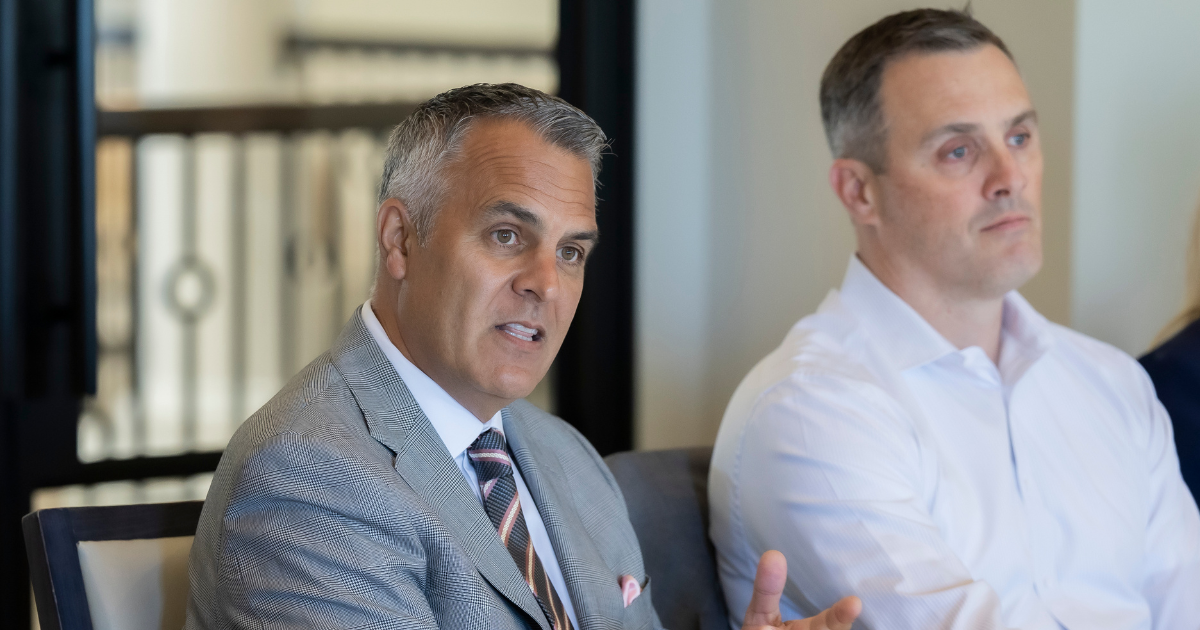by Bill Haskell, Chief Executive Officer — Innventure
Innventure’s business model has been the culmination of lessons learned over the past three decades. When we created the first instantiation of what is now Innventure in 1993, we studied the DNA of both failed and successful startups to understand how to mitigate risk and yield a higher success rate than what had been achieved with the traditional venture capital model. To be clear, the venture model has been very successful as an investment class and has yielded good financial returns for the past fifty years. The portfolio approach works because money is fungible, and the cash can be funneled to the best ideas in a portfolio. If two companies out of ten are successful enough, that pays for the investments in the failed companies while still providing a nice return to investors.
Our observation was that the model was much less interesting for entrepreneurs that were contributing their best ideas, their time, and perhaps capital in an enterprise that statistically is likely to fail. We set out to identify and manage risks such that we can achieve a higher success rate for early-stage companies.
One of the most important lessons included letting the market tell us what it was looking for. We levered the marketing resources of Multinational Corporations (MNCs) that were attuned to what its customers identified as unmet market needs and sought to find solutions to these known problems.
A second key lesson was in using the MNC partner as a channel to accelerate adoption of the technology into the market. These partnerships materially reduce the risk of introducing a disruptive solution into the market. The underlying business model was designed to use the proceeds from the successful exit of one company to fund the succession of new companies going forward.
A third lesson learned was the timing of company exits. There are natural times to exit companies and those timelines don’t necessarily coincide with the need for capital to fund other NewCos. Further, market conditions do not always coincide with a timely exit. This timing challenge led to much disruption and exits were not optimized.
To address this problem, Innventure created an internal professional capital management function to be able to provide the right investment structuring expertise, and importantly, to identify ready capital for its companies as they hit various stages of their lifecycle. This takes the pressure of traditional capital raising needs away from the companies directly and allows them to focus on execution, which is another key risk-mitigant strategy for Innventure.
.png)


-min.jpeg)


